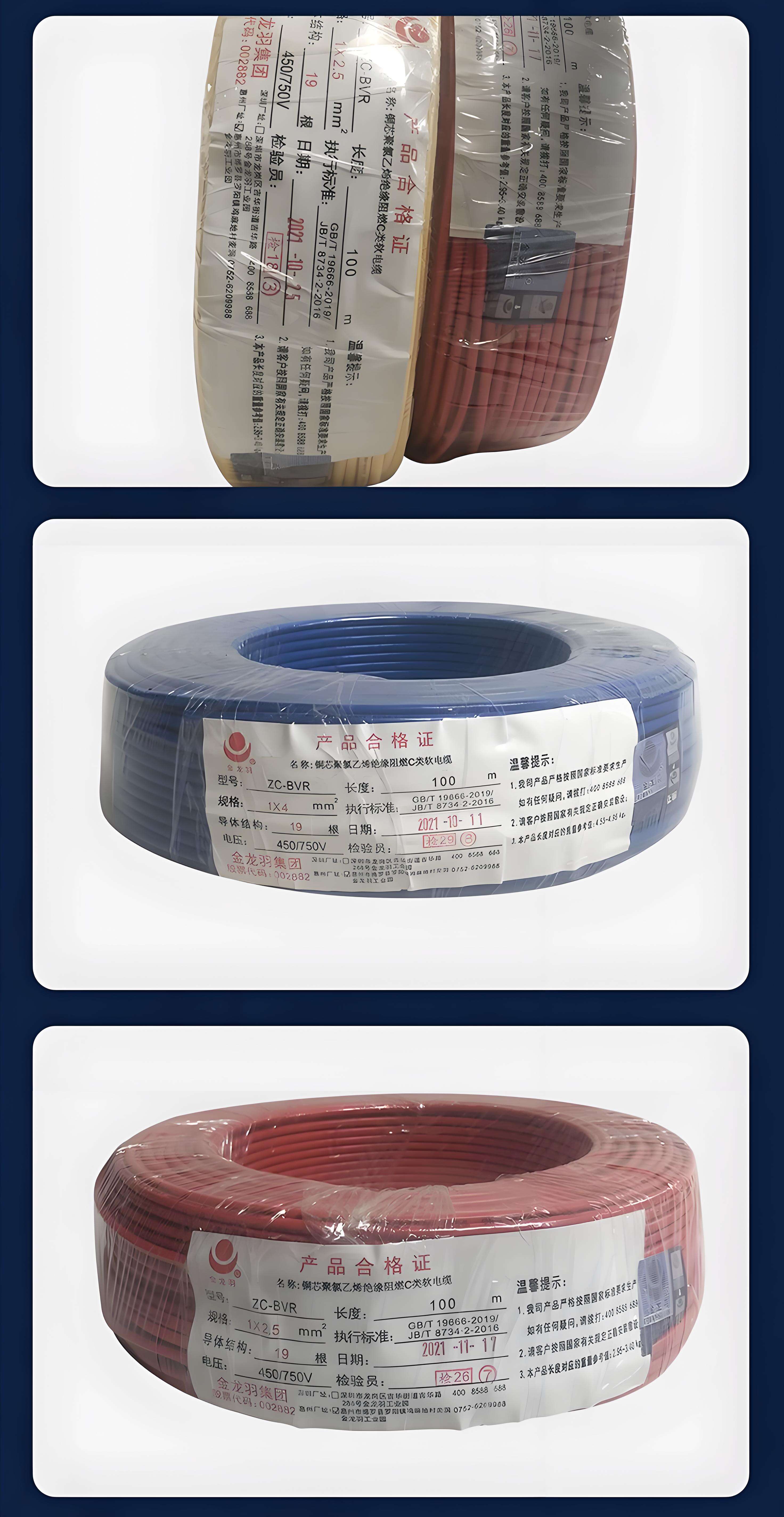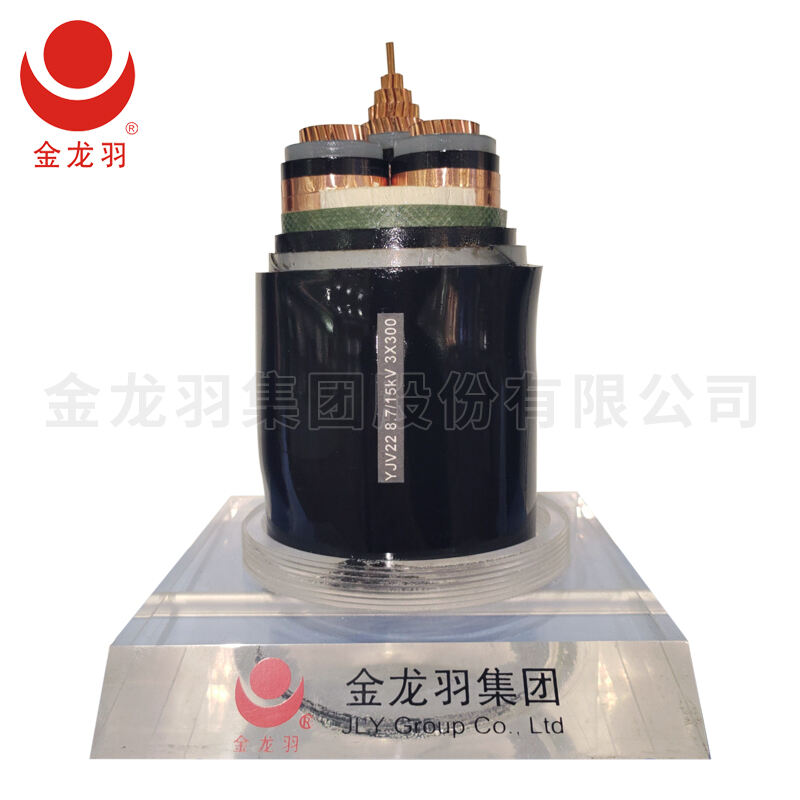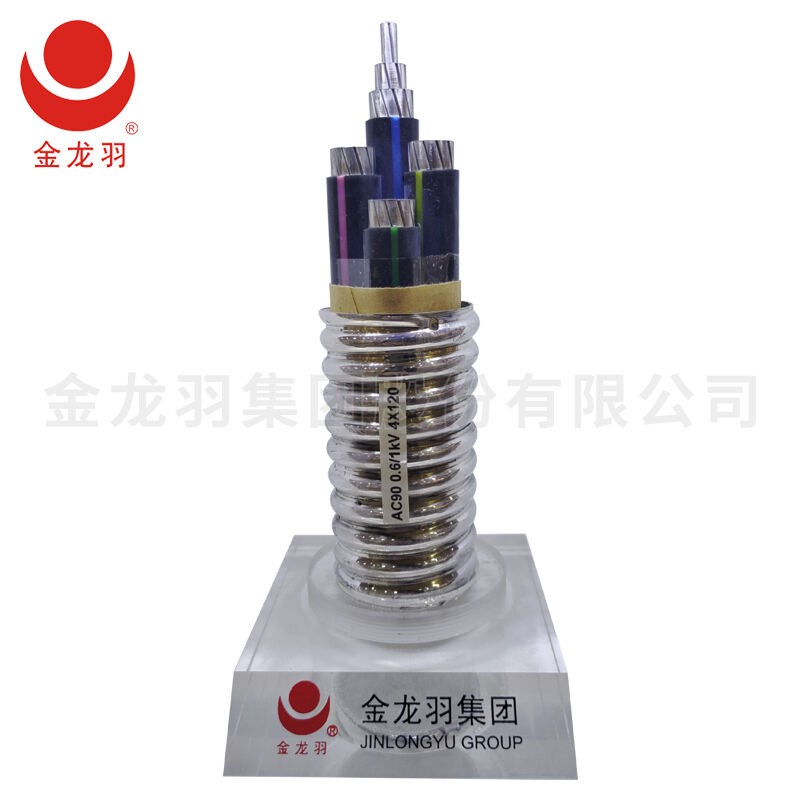Electrical cables have a wide range of common uses across various industries and applications. In the construction sector, they are extensively employed for building wiring, providing electrical power to residential, commercial, and industrial buildings. This includes powering lighting systems, electrical outlets, heating, ventilation, and air conditioning (HVAC) equipment, and elevators. In the transportation industry, electrical cables are used in automotive systems for engine control, lighting, infotainment, and safety features, as well as in electric vehicles for battery charging and power transmission. In the energy sector, high-voltage electrical cables are crucial for transmitting electricity over long distances from power generation plants to substations and distribution networks, while medium and low-voltage cables are used for local power distribution within communities. In the telecommunications industry, cables are used to transmit data signals for internet, telephone, and television services, including fiber optic cables for high-speed data transmission. Industrial applications also rely on electrical cables for powering machinery, controlling automated processes, and monitoring equipment. Additionally, electrical cables are used in renewable energy systems, such as wind farms and solar power plants, to collect and transmit generated electricity. They are also essential in marine and aerospace applications, where specialized cables are designed to withstand harsh environments and ensure reliable electrical connections.


